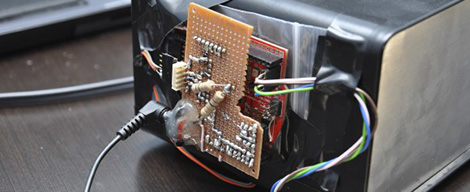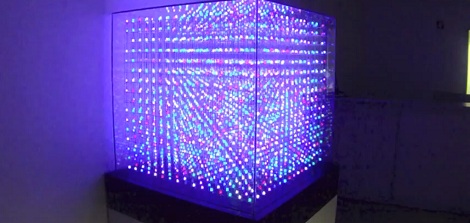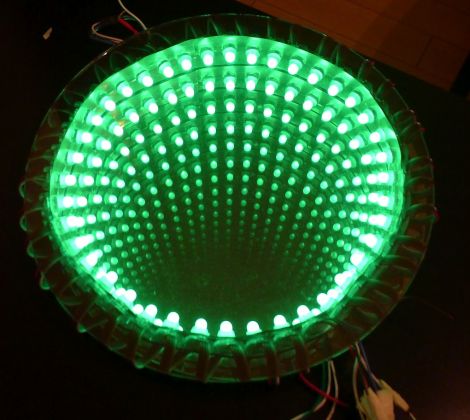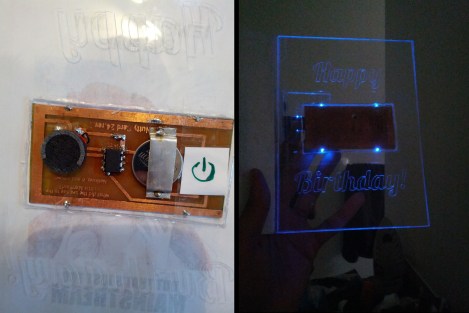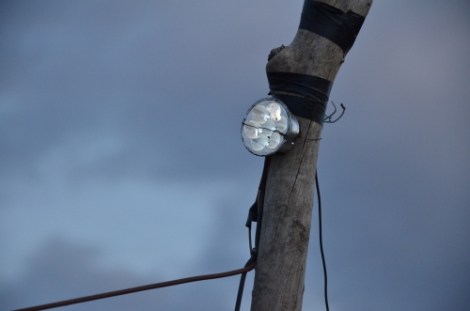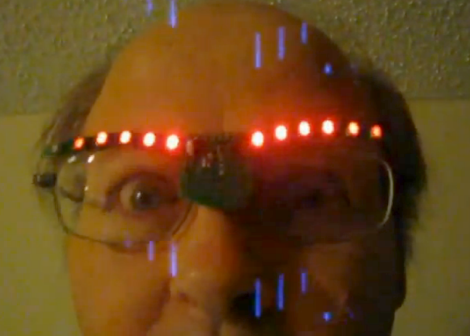
[Phil] over at Adafruit crashed last Sunday’s Show and Tell with an amazing demon costume that includes a voice changer and animated LED matrices for The Eyes and mouth. He just posted how he built this costume, but you’ve really got to Watch the video to see how awesome this build is.
Every demon needs a scary voice, so [Phil] repurposed his Arduino-based voice changer for this build. By being able to adjust the pitch of the demon’s voice with the turn of a knob, [Phil] goes from growling from the pits of hell to a demon with just a slightly annoying voice.
The Eyes make use of the Adafruit I2C LED matrix backpack. The eyes are wired to the same I2C address to prevent derping, but the three red mouth LED matrices are capable of displaying anything that fits on an 8×24 LED matrix.
The electronic portion of this build is mounted to a piece of plexiglas, which is in turn mounted to a mask [Phil] picked up from a craft store. Not really the best option considering the Halloween stores are now open for the year, but it does its job.
A Morphsuit – a spandex bodysuit – completes the build along with a few demon wings and horns. During Adafruit’s Show and Tell, [Phil] had electronic parts scattered all over his desk. To turn this into a costume, he’ll be mounting a small battery-powered speaker in a chest piece and stuffing all the electronics in a fanny pack.
It’s a very, very cool build that really steps up the game for Arduino-powered costumes. Check out the video after the break.
Continue reading “Electronic Demon Costume Is Surprisingly Unnerving”

